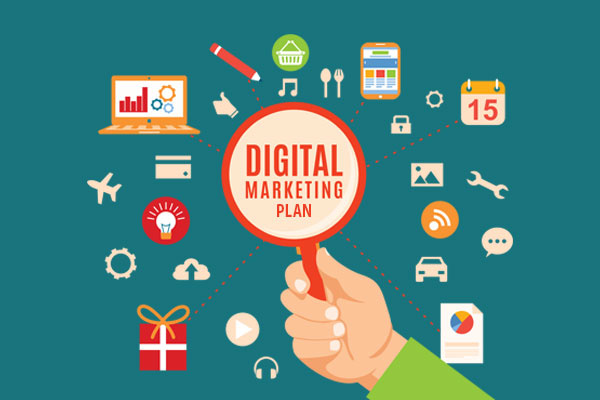Creating an effective digital marketing plan is essential for businesses looking to reach and engage with their target audience online. A well-crafted digital marketing plan can help businesses increase brand awareness, drive website traffic, and ultimately generate more sales. In this article, we will explore the steps involved in creating an effective digital marketing plan and the key elements that should be included.
The first step in creating a digital marketing plan is to conduct market research. This involves gathering information about your target audience, your competitors, and the current market conditions. This information can be used to identify key opportunities and challenges and to set realistic goals and objectives for your digital marketing efforts.
Once you have conducted market research, you can then move on to defining your target audience. This involves identifying the demographics, interests, and behaviors of the people who are most likely to be interested in your products or services. This information can be used to create buyer personas, which are fictional representations of your ideal customers.
The next step is to set your goals and objectives. These should be specific, measurable, attainable, relevant, and time-bound (SMART). Your goals and objectives should be aligned with your overall business strategy and should be used to guide your digital marketing efforts.
Once you have established your goals and objectives, you can then develop your digital marketing strategy. This involves identifying the tactics and channels that you will use to reach and engage with your target audience. Some common digital marketing channels include social media, email marketing, content marketing, and search engine optimization (SEO).
Social media can be an effective tool for building brand awareness and engaging with your target audience. Platforms such as Facebook, Instagram, and Twitter can be used to post updates, share content, and interact with followers. Email marketing can be used to send targeted messages to individuals who have opted-in to receive communications from your business. Content marketing involves creating and distributing valuable content, such as blog posts, videos, and infographics, to attract and engage your target audience. SEO is the practice of optimizing your website and content to rank higher in search engine results pages (SERPs).
Once you have identified your digital marketing channels, you can then develop a content calendar. A content calendar is a schedule of all the content that you will be publishing on your digital marketing channels. This can include blog posts, social media updates, email campaigns, and more. A content calendar can help you stay organized and ensure that you are consistently publishing new and engaging content.
Another important element of a digital marketing plan is measuring and analyzing your results. This involves tracking key performance indicators (KPIs) such as website traffic, engagement, and conversions. By tracking these metrics, you can gain insights into what is working and what is not, and make adjustments to your strategy as needed.
In conclusion, creating an effective digital marketing plan involves conducting market research, defining your target audience, setting goals and objectives, developing your digital marketing strategy, creating a content calendar, and measuring and analyzing your results. By following these steps and including the key elements outlined above, businesses can develop a comprehensive digital marketing plan that will help them reach and engage with their target audience and ultimately generate more sales.




